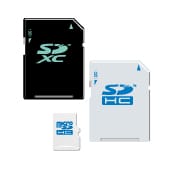Memory and storage technology is constantly evolving. As consumers demand faster and more advanced solutions, the SD Association continues to develop standards and resources to help SD memory technology progress.
The SD Association engaged Futuresource Consulting to deliver an objective, in-depth market research and analysis on the Memory Technology industry. SDA members can access the full report in the members’ section of the SDA website. Portions of this article are based on insights from the Futuresource report, shared with their permission.
In this article, we will unpack the key trends that will shape the industry in 2025 and beyond. Some areas for growth include the increased popularity of SD Express and microSD Express memory cards, higher-priced industrial memory cards, and new needs for dashcams, smartphones, and gaming devices.
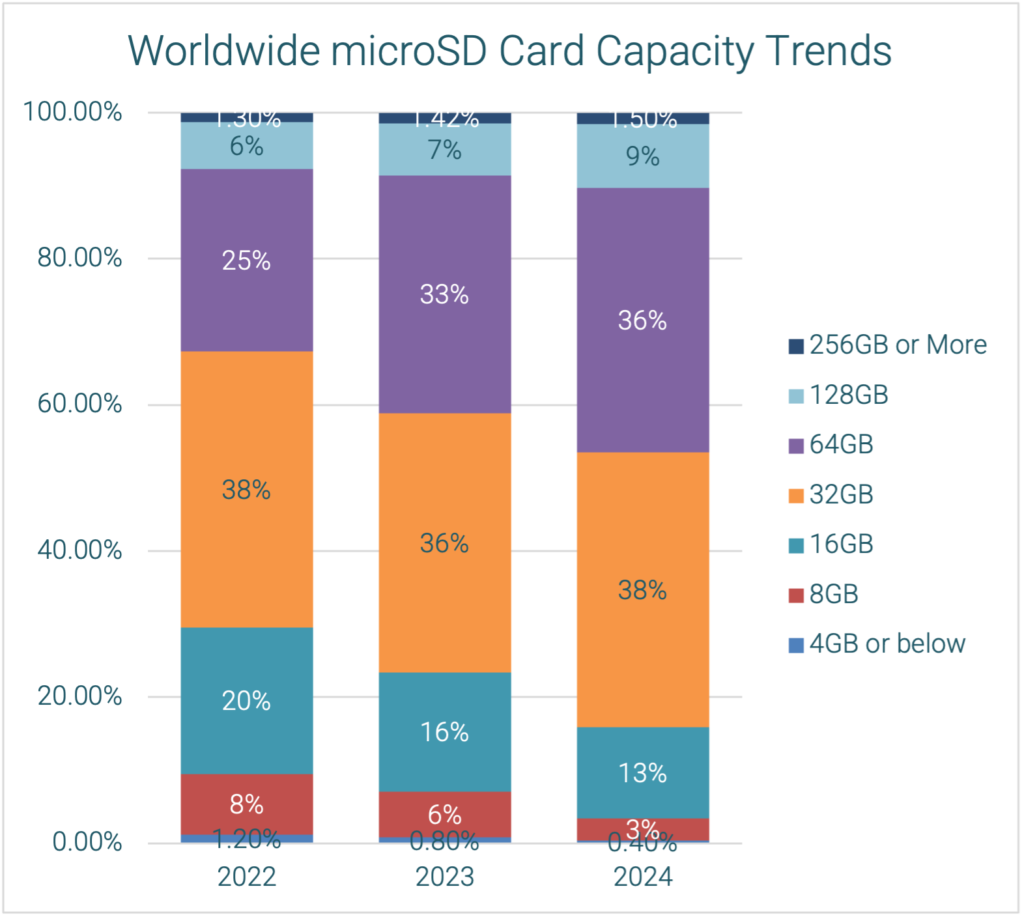
SD Association Members’ Insight Report (Futuresource 2024)
Higher Capacities and the Importance of SDUC
In 2024, the SD consumer memory card market moved towards higher capacity memory cards, with over 50% of the market made up of capacities of 64GB and above. This trend will continue in 2025 and beyond, as high-resolution photography and videography demand more storage space. Product developers should prepare for the future of memory technology by integrating SDUC into their products in order to unlock capacity limits beyond the SDXC standard, providing capacities of more than 2TB and up to 128TB.
Evolving Smartphone Design and Usage
Although some manufacturers have moved away from expandable storage in favor of internal and cloud-based options, the rise of USB-C in smartphones opens exciting possibilities for microSD memory card integration.
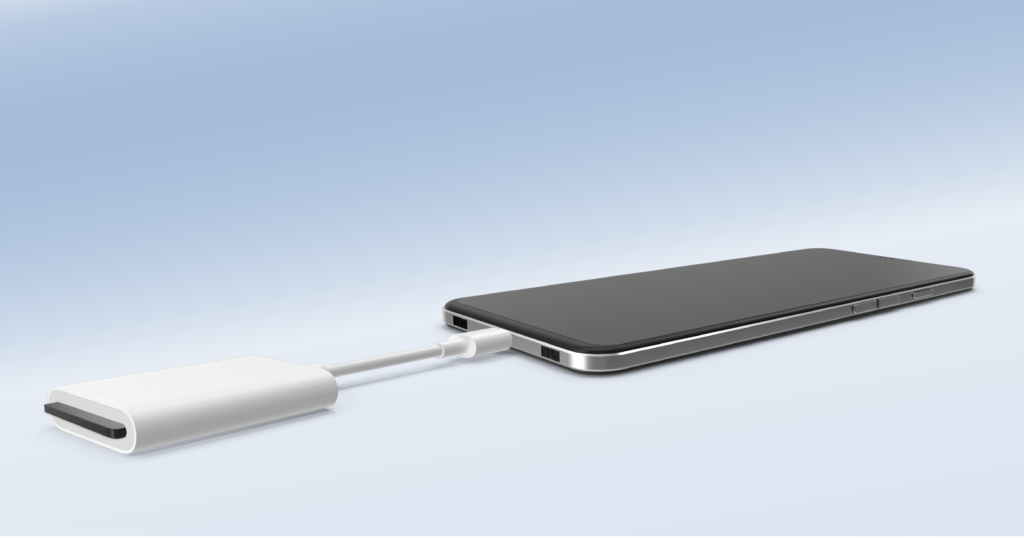
USB-C ports offer a versatile connection that supports high-speed data transfer with SD memory cards. Even without a dedicated microSD slot, USB-C ports enable users to easily connect external SD memory cards to their smartphones for expanded storage and convenient file transfer.
This shift in technology allows for greater flexibility and convenience in utilizing SD memory cards with smartphones, ultimately benefiting users like photographers, videographers, and content creators with expanded storage options and enhanced connectivity.
Growth of the Dashcam Market
The microSD market is witnessing promising growth in a variety of host device segments, most notably the dashcam market. Dashcams have become increasingly popular because they can provide video evidence in case of accidents on the road, a want that is driven by their benefits for safety and crime prevention.
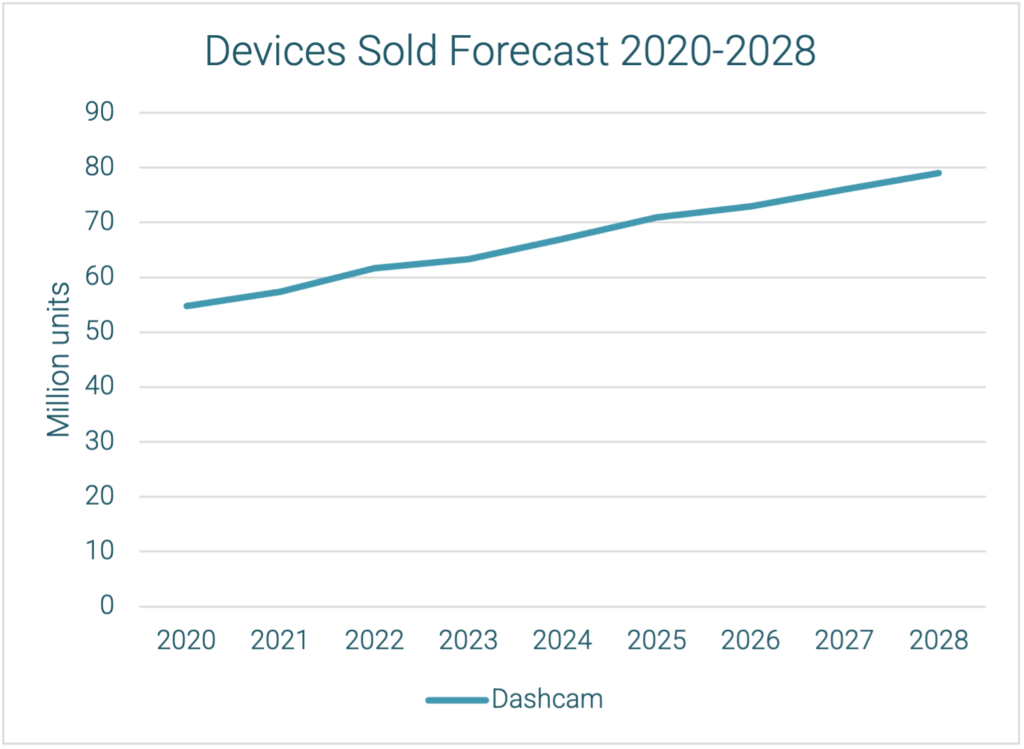
SD Association Members’ Insight Report (Futuresource 2024)
The demand for high-capacity microSD memory cards to store dashcam footage is expected to rise significantly in 2025, with consumers seeking cards of at least 32GB, and often 64GB or higher, to ensure sufficient recording time without crucial footage being overwritten. This growth is fueled by the increasing affordability of dashcams and the rising popularity of advanced features like high-resolution recording. Furthermore, the trend is amplified by the need for reliable local storage in areas with unstable internet connections, making microSD memory cards essential for continuous recording and data security.
Increasing Popularity of Drones
Drones have become a popular tool for aerial photography and videography, both for recreational and professional purposes. The need for high-capacity, high-speed microSD memory cards to store high-resolution images and videos captured by drones is expected to further fuel market growth.

SD Association Members’ Insight Report (Futuresource 2024)
This demand is increased by the integration of AI in drones for automated navigation and object recognition, which requires substantial storage for processing and saving the generated data. The expanding industrial applications of drones, such as pipeline inspection, precision agriculture, and surveillance, are also driving the need for robust microSD memory cards to ensure reliable data storage in demanding environments.
Gaming Market
As we look to the future, the gaming industry is poised to significantly contribute to the growth of the microSD memory card market in 2025. SD memory cards have become a cornerstone of the gaming experience. Devices like the ROG NUC line and the Nintendo Switch already rely on SD memory cards to expand storage, allowing gamers to carry extensive game libraries and downloadable content wherever they go.
Looking ahead, advancements like microSD Express, with its PCIe® interface and NVMe™ protocol support, promise to revolutionize handheld gaming. These cards offer faster transfer speeds, making it quicker and easier to move massive game files. As game worlds become richer and more demanding, SD memory cards will continue to evolve, ensuring gamers have the capacity and speed they need for seamless and immersive gameplay.
Industrial Applications
The industrial sector is emerging as a key driver for SD cards, with emphasis on the full-size SD memory cards. The market for industrial SD memory cards has a projected 15.5% compound annual growth rate (CAGR) through 2028, driven by the increase of SD memory cards in medical devices, automotive systems, and surveillance—all applications where durability is crucial.
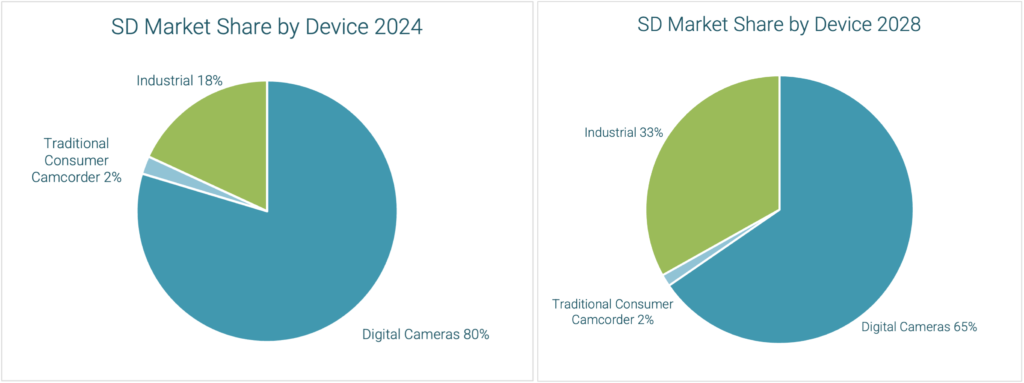
SD Association Members’ Insight Report (Futuresource 2024)
The microSD memory card market is also showing signs of growth, with a projected 5% CAGR through 2028. The average price of an industrial microSD memory card was $64.54 in 2024, which led to a total industrial market value of $248 million. This represented 15% of the total microSD market value last year, with a projected increase to 17% by 2028.
The Power of SD Express
The laptop market is leading the adoption of SD Express, especially with gaming laptops like Asus’ ROG Zephyrus G16 and MSI’s Stealth series. These laptops benefit from high read/write speeds and large storage capacities, making SD Express ideal for resource-intensive gaming.
Beyond gaming, content creators—both AI-driven and traditional—may find advantages from SD Express, particularly in handling high-resolution photos and video editing. Laptops targeting creators, such as MSI’s Creator range, are integrating SD Express slots.
The recording device market, including drones, digital cameras, and surveillance systems, is also expected to adopt SD Express. As resolution sizes increase, higher recording speeds are needed to prevent frame drops and lag. AI-driven applications like facial recognition further drive demand for fast and high-capacity storage.
There is speculation that Nintendo Switch 2 may adopt SD Express, as its predecessor faced criticism for limited power. microSD Express cards would be the most likely option due to the handheld form factor. This technology could also benefit smartphones, particularly those catering to AI-driven content creators, though it is unlikely to reverse the trend of smartphones moving away from expandable storage.
Industrial applications and security devices can gain from SD Express, especially with the security features of the SD9 specification. However, thermal management remains a challenge, as SD and microSD Express cards generate more heat, especially in high-temperature environments. The thermal aspects need to be addressed while considering SD Express adoption.
Barriers to adoption include:
- Thermal solutions need to be addressed.
- Backwards compatibility requirements, which add costs for manufacturers. Some devices may support only SD Express (only PCIe/NVMe interface, without legacy SD support) to simplify implementation.
- High pricing, as production remains limited. Over time, prices should drop as adoption grows.
Despite these challenges, SD Express has strong potential across gaming, content creation, security, and industrial sectors, provided that manufacturers can overcome technical and cost-related obstacles.
The 2025 Outlook
The memory technology market is poised for an exciting year in 2025, with several key trends shaping its trajectory. Growth in gaming, dashcams, and AI applications presents new opportunities. The industrial sector is a key driver, with strong growth in SD card sales bolstering the overall market. SD Express, with its increased speed and capacity, is opening doors for the future, especially for AI and industrial uses. Continued consumer education on SD Express and performance classes are crucial for wider adoption.
About Futuresource
Futuresource Consulting, established in the 1980s, is a leading research and consulting firm specialising in global market analysis, forecasts, and strategic insights. For more information about Futuresource, please visit www.futuresource-consulting.com.
PCI Express® is a registered trademark of PCI-SIG®. NVM Express™ and NVMe™ are trademarks of NVM Express, Inc.
